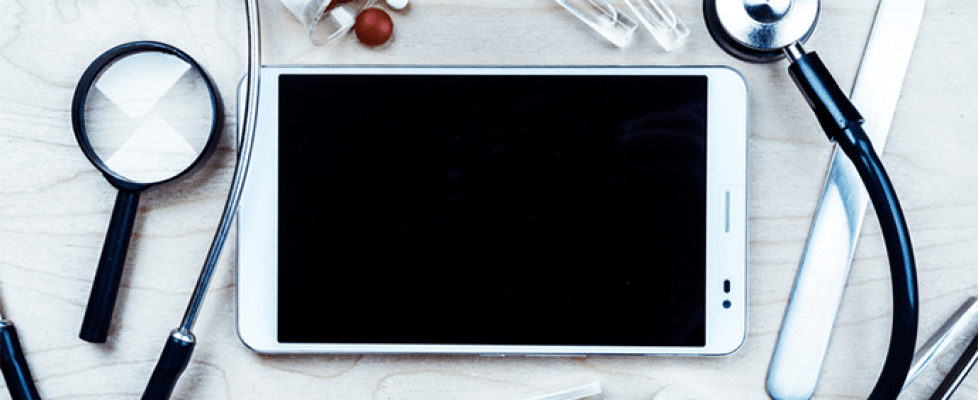Can Remote Patient Monitoring Improve Post-Surgical Care and Recovery?
A study conducted in Canada has found that a remote patient monitoring platform can be used to facilitate care for patients who’ve been discharged from a hospital after non-elective surgery.
October 01, 2021 – A recent study conducted at several Canadian hospitals finds that remote patient monitoring can be used to help patients recover at home after non-elective surgery.
The study, led by researchers at McMaster University and the Population Health Research Institute, both in Hamilton, Ontario, and published last month in the British Medical Association trade journal, focused on some 900 patients who’d needed surgery during the pandemic. Roughly half were treated with traditional follow-up care, including in-person services, and half were treated via remote automated monitoring (RAM) services, which include mHealth devices and a telehealth tablet.
Researchers found that the RPM platform didn’t significantly affect the mortality rate or the rehospitalization rate, but it did significantly reduce pain – and it was associated with a significant increase in detection and correction of medication errors.
The study adds a new dimension to the viability of RPM platforms, which have so far focused mainly on treatment of COVID-19 patients and for chronic care management. Some feel the platform could be used to improve care for people recently discharged from a hospital and needing rehabilitation at home, including recovery from surgery.
The patients in this study were admitted to hospitals and treated for acute concerns, include cardiac issues. They had undergone inpatient non-elective surgery and were discharged within 24 hours, mainly because the attending physician or anaesthetist didn’t feel they needed to stay in the hospital due to concerns around the pandemic and could be sent home. Patients were excluded if they required more complex post-operative care or couldn’t use a tablet, had a cognitive impairment or lived in an area without smartphone coverage.
Patients using RAM technology were taught how to take daily readings (such as blood pressure, heart rate, respiratory rate, oxygen saturation, temperature and body weight) for 30 days. They also filled out a daily survey, took photographs of their wounds and connected with a nurse on the tablet for virtual visits every day for the first 15 days, then every other day. Unplanned virtual visits or in-person visits were conducted if the readings called for an intervention.
The study found that fewer patients using the RPM platform reported pain at seven, 15 and 30 days after discharge, an indication that they were recovering better and faster with the help of RPM. This follows other research that suggests patients recover better and more quickly in a home environment, where they’re more comfortable, than in a hospital.
The next statistic has both good and bad connotations. The study found that more participants in the RPM group had a drug error – and more had a drug error corrected as well. More than three-quarters of these errors were caused by the patient, who either deliberately didn’t take medications or forgot to take them, didn’t understand prescription directions or took less than the prescribed amount to stretch out the drugs because they were costly. Among errors attributed to providers, the most common reasons were failure to communicate clear instructions on taking medications, failing to write a prescription for a new drug or failing to provide clear instruction on discontinuing a drug.
The results point to the importance of strong medication management protocols in an RPM program, as well the value of including pharmacists in home monitoring. And while home-based monitoring did result in more medication errors, the platform also picked up and corrected more of those errors.
“Virtual care showed large absolute benefits in detecting and correcting drug errors,” the study pointed out. “Detection and correction of drug errors have the potential to improve both short term and long term health. Compared with standard care, virtual care also showed substantial absolute benefits in reducing pain; reducing moderate to severe pain, including with movement; and reducing moderate to severe pain related interference scores. Patients are likely to consider these absolute differences important.”
Researchers also found that an RPM platform can help hospitals reduce the risk of emergency care, including ED visits and rehospitalizations.

